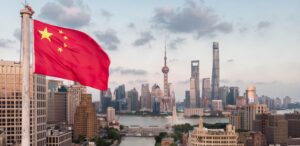

October 2024, Volume 35, Issue 4
China’s Age of Counterreform
The People’s Republic of China has entered a new age, abandoning the ideological openness of the reform era and the socialist legacy of the revolutionary period. Under Xi Jinping, regime stability trumps all — and the PRC is weaker and less stable as a result.











